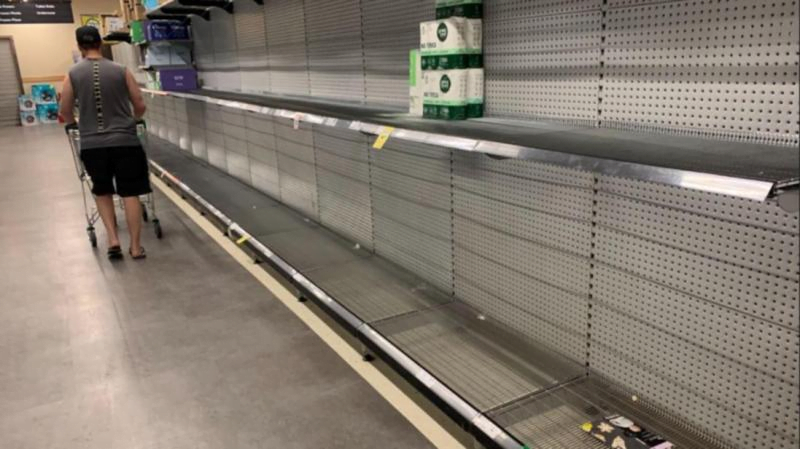Independent supermarkets in regional Australia are urging shoppers to take action as they battle to remain competitive against the dominance of major retail chains.
A recent investigation by the Australian Competition and Consumer Commission (ACCC) found that Coles and Woolworths account for two-thirds of the country’s grocery sales. Since 2008, the number of IGA stores has been in decline, highlighting the increasing challenges faced by independent retailers.
In Mount Gambier, South Australia’s second-largest city, supermarket choices include two Woolworths stores, a Coles, Aldi, and a handful of independent grocers. However, smaller operators are feeling the pressure more than ever.
Tough Times for Local Business Owners
Sumeet Cheema, owner of one of the town’s two IGA supermarkets, has seen a significant drop in sales, forcing him to reduce staff numbers. He attributes the decline to a lack of competitive pricing, as smaller stores struggle to match the buying power of large chains.
“We don’t have the same access to low prices as the big players, making it difficult to compete,” he explained.
A New Independent Challenger
While smaller independent grocers are struggling, larger operators see an opportunity to grow. Drakes Supermarkets, which operates in South Australia and Queensland, is set to open its 69th store in Mount Gambier, taking over a site previously occupied by Coles.
Despite the recent closure of a Foodland supermarket in the area, Drakes director JP Drake remains optimistic, believing there is still room for independent retailers. He emphasised that true competition can only exist if consumers support a variety of supermarkets.
However, Cheema is uncertain whether the town can sustain so many grocery stores, noting that if demand were high enough, major chains would have already expanded.
Consumers Hold the Power to Drive Change
Professor Gary Mortimer, a retail marketing and consumer behaviour expert from Queensland University of Technology, stated that increasing competition should, in theory, drive prices down. However, he acknowledged that fostering competition remains a challenge.
He pointed to the ACCC’s recommendation of reducing red tape to make it easier for independent supermarkets to open, but ultimately, he said, the responsibility lies with consumers to shop across different retailers if they want to see lower prices.
Drake highlighted that changing consumer habits is a major hurdle for independent supermarkets. Many people express support for local businesses but continue to shop at larger chains. He urged consumers to actively choose independent retailers if they want to make a difference.
Cheema agreed, stressing that smaller operators need fairer pricing from suppliers to remain viable. Without changes, he warned, the future for independent supermarkets looks uncertain.For the latest retailer news and information, check out the IndiHub website or to speak to us about how we can help your business contact us.


